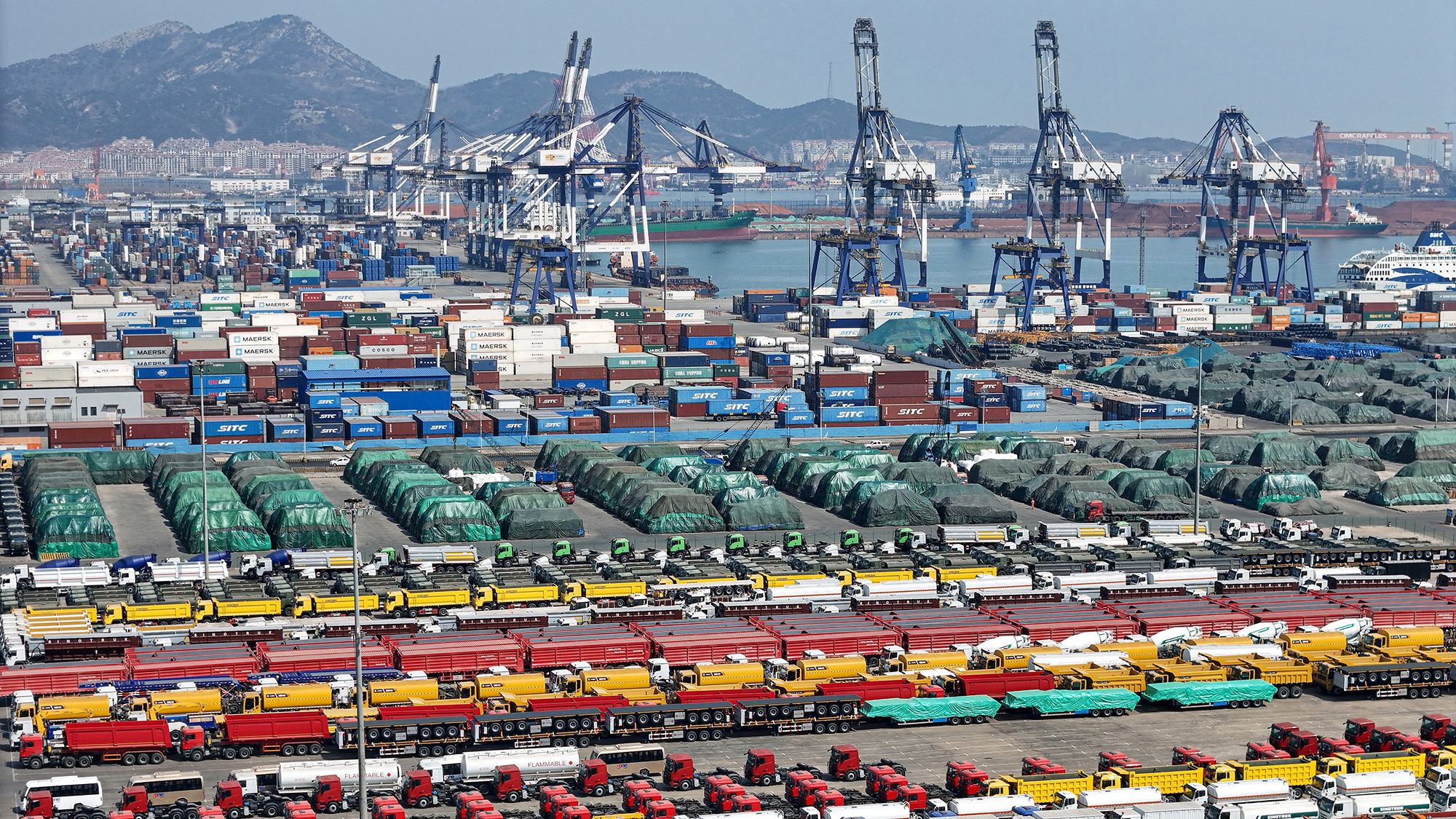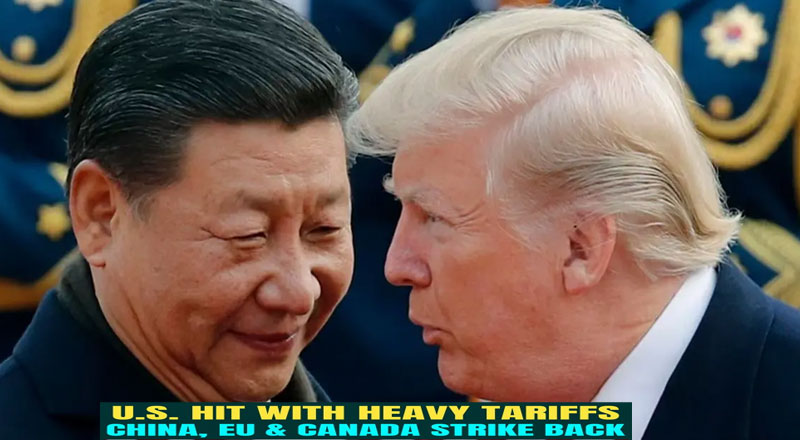The US-China Tariff Battle
The trade war between the United States and China has entered a new and intensified phase, with Beijing announcing a sweeping 34% tariff on all US goods, effective April 10. This move comes in direct retaliation to President Donald Trump’s recent tariff hikes on Chinese imports, bringing total new tariffs to 54%. The escalating conflict between the world’s two largest economies has sparked global market turmoil, with investors fearing a potential recession.
Beyond tariffs, China has also imposed strict export controls on rare-earth elements—key materials in high-tech industries—and has blacklisted 11 foreign entities under its “unreliable entity” list. These measures signal Beijing’s readiness to use all available economic tools to counter Washington’s aggressive trade stance.

How the Tariffs Will Impact China
While China’s retaliatory tariffs are intended to strike back at the US, they also pose risks for its own economy:
- Higher Costs for Chinese Businesses: Many Chinese manufacturers rely on US imports for raw materials and technology, which will now become significantly more expensive.
- Slower Economic Growth: With exports to the US facing steep tariffs, China’s industrial output and overall economic growth could take a hit.
- Foreign Investment Concerns: The growing trade hostility may deter foreign investment, particularly in manufacturing and technology sectors, which depend on stable international trade relations.
At the same time, China’s ability to impose rare-earth export restrictions gives it a strategic advantage. Rare-earth metals like terbium, dysprosium, and scandium are critical for industries ranging from electronics to defense. By restricting their supply, Beijing could put pressure on US manufacturers that rely on these elements.

Impact on the United States
The US economy is also set to feel the heat from this escalating trade war:
- Higher Consumer Prices: American consumers will likely see increased prices on Chinese goods, from electronics to household items, as importers pass on the costs.
- Pressure on US Exporters: Industries such as agriculture and manufacturing, which rely heavily on the Chinese market, will suffer as their products become subject to heavy tariffs.
- Tech and Energy Sectors at Risk: With China controlling a significant share of the global rare-earth supply, American tech and clean energy industries could face shortages and price surges.
Additionally, Trump’s executive order closing the “de minimis” loophole—previously allowing low-value Chinese imports to enter duty-free—will add another layer of cost for businesses and consumers.
The Uncertain Road Ahead
With both nations refusing to back down, the US-China trade war is rapidly escalating, carrying global economic implications. While Trump’s tariffs aim to pressure China into trade concessions, Beijing’s countermeasures indicate a prolonged battle rather than a swift resolution.
For now, both economies will experience higher costs and market disruptions. Investors remain on edge, and businesses across sectors are bracing for further volatility. As trade negotiations stall and new tariffs take effect, the coming months will be crucial in determining whether economic diplomacy prevails or if this tit-for-tat strategy leads to further financial instability worldwide.
(With agency inputs)





